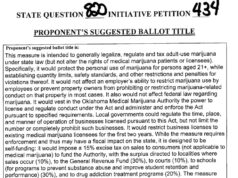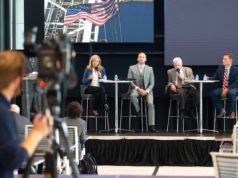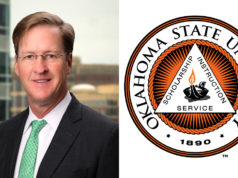Terrible news broke Saturday morning when a car drove through the OSU homecoming parade and killed four people, injuring dozens of others.
Now, I am writing my first words about the OSU tragedy late Monday. The delay is intentional.
Too often in these scenarios, we are likely to jump to conclusions. Media must get to the bottom of what happened and paint the grizzly picture of humanity gone wrong. It is, for perhaps inherent reasons, our charge. I have written before on the bleeding leading at 6 and 10 p.m.
Saturday morning, however, The Big Sadness graced local TV screens and websites well before the tornado sirens bellowed their high noon test-tragedy warning screams.
It was, of course, awful.
Throughout the day, however, the impulsive reactions of others seemed even more awful.
Multiple political stakeholders talked about the driver’s presumed intoxication. One even suggested that proposed liquor-law modernization efforts could lead to even more tragic crashes.
OK.
A former reporter wrote on Facebook that journalists covering Saturday’s tragedy would have been in potential violation of the Oklahoma City Council’s still-not-voted-on ordinance regarding median standing had the event happened in OKC or the ordinance been passed in Stillwater.
OK.
An OKC political commentator also noted online that while people are “rightfully saddened” by the car wreck, they should think about all the lives Oklahoma could save annually by adopting Medicaid expansion.
OK.
I have withheld names and links to avoid embarrassment for an obvious reason — the reason I am writing this.
When we jump to conclusions — as media, political figures or just observers — we don’t help anybody at all. We do it, of course, because it’s tough to do nothing at all. We must find a reaction, be it keening over the thought of a dead toddler or coldly remembering that people die horrible deaths every single day of the year.
In this instance, media seem to have done a pretty good job of avoiding a full circus on the tragedy, though admittedly I haven’t been gobbling up the coverage.
The AP’s Justin Juozapavicius did a good job sticking to the facts and using discretion to dissuade public speculation as best one could.
Really, his story represented all anyone needed by late Sunday evening. There was no need for hot takes or deep political thoughts. Trust me, the morbid details will come out in the wash.
A toxicology screen will come back from the lab showing whether the woman’s driving was chemically impaired.
Short of a plea deal, a jury trial will determine her ultimate level of guilt.
And, eventually, the world will spin around, and the majority of the public will have found a way to cope.
I suggest that is when we can get back to bickering about public policy initiatives. In the meantime, it’s OK to say nothing while waiting for the facts and perspective.
Because, sure, there might be a moral high ground to take in examining this horrible event.
But nowhere does it say you have to try and claim it before the bodies are buried in the ground.






















